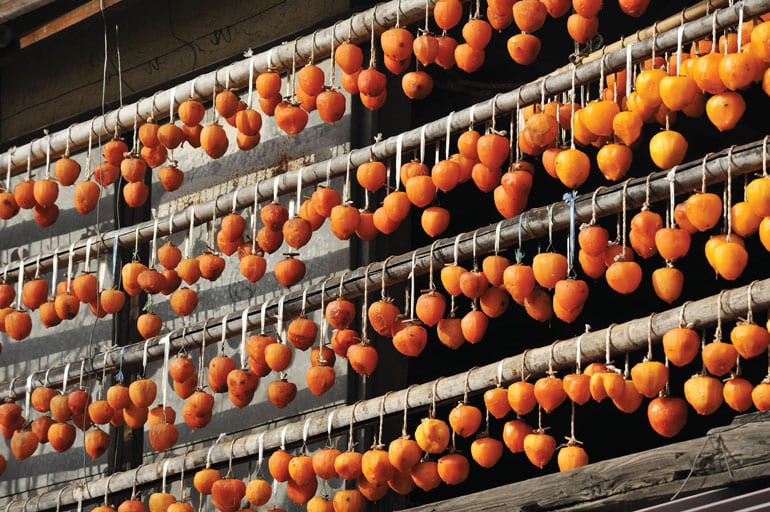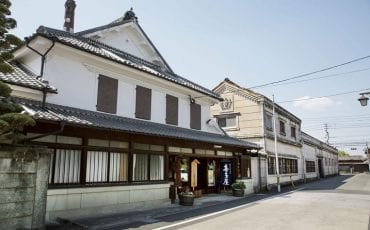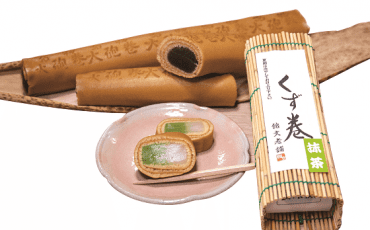Articles
Features
Nov 1, 2018
Sweet like sugar
If there is one season for foodies to look forward to in Japan, it is autumn, when the sticky heat and humidity of summer lifts and cooler, crisp weather arrives.

The Japanese believe this season stimulates the appetite and inspires people to cook over a hot stove again. Autumn is even known as “the season for eating”, especially with the abundance of seasonal ingredients.
At the markets during this time of the year, aki no mikaku, or the delicacies of autumn, are aplenty. Think delightful fresh produce that tastes best during this time, such as crunchy chestnuts, honey-sweet persimmons, hearty sweet potatoes, earthy mushrooms and plump, nutty pumpkin.
Because of the abundance of these autumnal foods, people preserved them for winter, when fresh produce would not be available. For instance, drying food, such as sweet potatoes and persimmons, in the sun preserved them, reduced the amount of moisture that would otherwise allow harmful microorganisms to spread, and helped to enhance the flavour.
Beyond preserving foods for the winter months, these dried sweet foods like hoshigaki (dried persimmons) and hoshi imo (dried sweet potatoes) also have a long history as a substitute for sugar. Before sugar production began in Japan in the early 17th century, hoshigaki and honey were the only types of sweetening there. Even the white sugary powder on the surface of hoshigaki and hoshi imo was once a prized sweetener all those centuries ago.
These days, these preserved sweets are still beloved by many Japanese, young and old, despite the popularity of Western-style sweets and desserts. Like many people around the world, the Japanese enjoy these dried foods for their sweet taste as well as for their nutritious benefits, such as dietary fibre, minerals and antioxidants.
There are now almost as many types of dried foods in Japan as there are of fresh produce. Still, some of the most traditional sweet preserves of autumn are chestnuts in syrup (kuri no kanroni) and, of course, hoshigaki and hoshi imo. These can be eaten on their own and are also used as ingredients in Japanese traditional sweets called wagashi.
Kuri no kanroni: https://www.oishii.sg/wiki/4734/
Hoshigaki: https://www.oishii.sg/wiki/4735/
Hoshi imo: https://www.oishii.sg/wiki/4729/
(TEXT Denyse Yeo)








